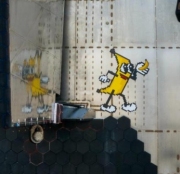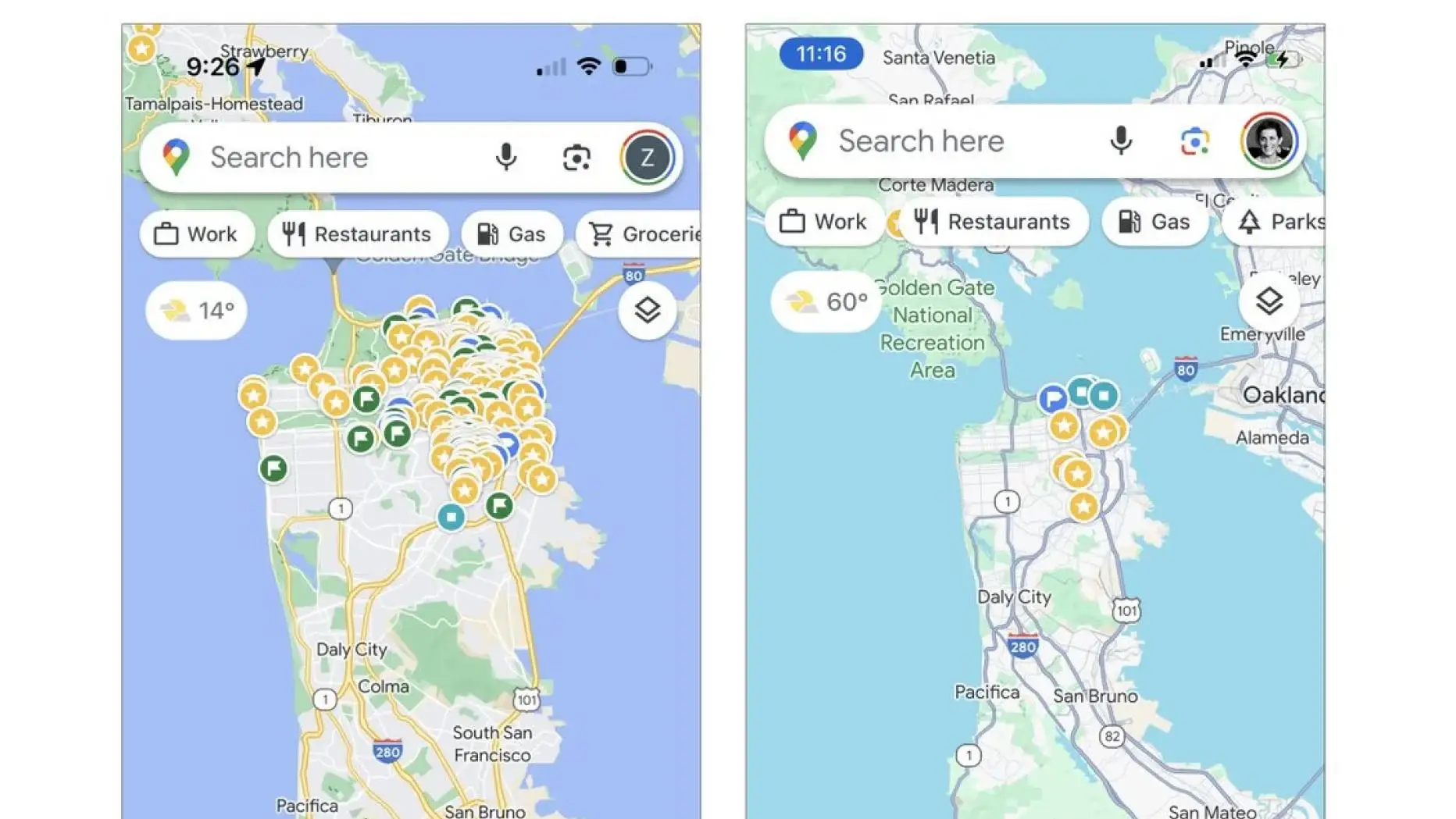 Ist SpaceX verrückt geworden? Warum Starships Fracht eine einzelne Banane war
Ist SpaceX verrückt geworden? Warum Starships Fracht eine einzelne Banane war
Beim 6. Testflug war nicht nur eine Banane auf das Raumschiff gemalt, sondern auch eine an Bord. Grund genug für SpaceX, jetzt Bananen zu verkaufen.


 Elizabeth Laraki @elizlaraki
Elizabeth Laraki @elizlaraki Ist SpaceX verrückt geworden? Warum Starships Fracht eine einzelne Banane war
Ist SpaceX verrückt geworden? Warum Starships Fracht eine einzelne Banane war
 aleX fotografiert: Street Art und Stadtleben in Salzburg
aleX fotografiert: Street Art und Stadtleben in Salzburg
Du hast bereits für diesen
Kommentar abgestimmt...
;-)
© by Ress Design Group, 2001 - 2024
